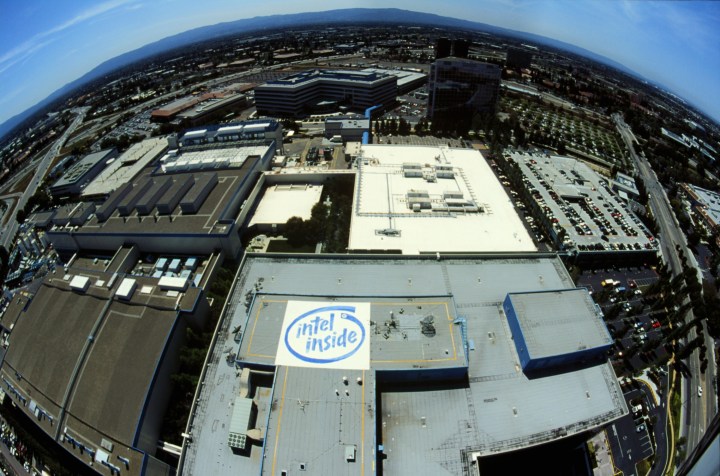
The transistor’s role in the birth of Silicon Valley
The transistor’s role in the birth of Silicon Valley

The future began 75 years ago this week with the invention of something small that’s considered the most manufactured device in human history — the transistor — born at Bell Labs in New Jersey on Dec. 16, 1947. We’re looking at the ecosystems of innovation that turned that invention into … nearly everything.
And the transistor really started taking root in what would be called “Silicon Valley.”
Why there of all places?
It has to do with William Shockley, one of the Nobel Prize winners for the transistor, moving from New Jersey to California’s Santa Clara Valley to be closer to his mother and to start a transistor factory.
In other words, he was coming home. And he was on the lookout for what he called “hot minds,” said Leslie Berlin, historian and author of “Troublemakers: Silicon Valley’s Coming of Age.”
But there were other reasons, including universities nearby, “Stanford, and Berkeley, across the Bay,” Berlin said. “You’ve got the presence of the Department of Defense in the form of Moffett Field, and this becomes vitally important because the only place that can afford to buy transistors early on is the Department of Defense. And the way you can see that most clearly is that nearly everybody came from somewhere else.”
And it’s got funders who also embrace risk.
“Just the ability to borrow money,” said David Laws, a semiconductor curator at the Computer History Museum in Mountain View, California. “Once you’ve flushed venture capital money away without success, if they saw and understood the reasons why it wasn’t successful then they will take a risk with you. That won’t happen in many parts of the world.”
But we have to go back to Shockley.
“I think it can’t be [[overestimated]] the importance of William Shockley himself, showing up and being able to attract the hottest minds,” Berlin said.
“Shockley — as Gordon Moore said one time — was so brilliant, he could see electrons,” Laws said. “But he was very egotistical, wanted the glory for himself and the style of management he used just really upset all these young new grads he had hired. And so they decided to seek fame and fortune elsewhere.”
This not-so-quiet-quitting of eight people at once — the “traitorous eight” in Shockley’s view — is a turning point: the dawn of startup culture.
In search of a new gig as a group, one of the eight calls his father’s stockbroker and the advice is “what you really ought to do is set up your own company and we will find funding for you,” Gordon Moore said in a 2016 interview with The Electrochemical Society.
Moore has a law named after him, by the way. Moore’s Law foresaw that transistors on a chip would double every year for decades. And that stock broker? He finds venture money from a camera company back East for the “traitors,” which becomes Fairchild Semiconductor, where Laws used to work.

“The combination of venture capital, the fact that many companies spun out of Fairchild, all of the resources in terms of supplies of equipment and other services, just created a whole ecosystem that was very receptive to the growth of new companies,” Laws said.
Out of this nucleus comes Intel with a market value today of $120 billion. Moore is co-founder. Another of the eight, Robert Noyce, one of the two inventors of the integrated circuit, becomes CEO. Shockley never does get especially rich from his transistor. In 1982 he runs for governor of California pushing a platform that embraces the racist concept of eugenics. He loses.
And note that out of that group of eight who left Shockley, all but Moore were new to California, and two were international immigrants, including Jean Hoerni who devises the process that revolutionizes chip manufacturing. He’s from Switzerland.
“And this continues to be a key to Silicon Valley success in the form of immigrants who are new to the country coming now,” Berlin said. “And back then, it was immigrants who were new to this specific part of the country.”
And back at Bell Labs in New Jersey, two other immigrants, one from Egypt and one from Korea, were to invent the kind of transistor we’re most likely to use now.
There’s a lot happening in the world. Through it all, Marketplace is here for you.
You rely on Marketplace to break down the world’s events and tell you how it affects you in a fact-based, approachable way. We rely on your financial support to keep making that possible.
Your donation today powers the independent journalism that you rely on. For just $5/month, you can help sustain Marketplace so we can keep reporting on the things that matter to you.












